Astrobiology Revealed #18: Jihua Hao
on the implications of complex organics in Enceladus’ ocean
by Aubrey Zerkle
For this Astrobiology Revealed, we asked Jihua Hao about his paper “The Potential for Organic Synthesis in the Ocean of Enceladus.” Jihua is a professor at the University of Science and Technology of China and an affiliated research investigator at Blue Marble Space Institute of Science. Jihua explains how thermodynamics can help astrobiologists determine which organics should (and shouldn’t!) be forming in the oceans of icy moons, and why instrument artifacts might be a problem for detecting them. (This interview has been edited for length and clarity.)
How did you go from studying weathering on the Archean Earth (which to me you are famous for!) to thinking about life on Enceladus?
It was a beautiful coincidence. I was presenting my study on the continental weathering of phosphorus during the Archean Eon at a conference (Goldschmidt, 2018). My friend Christopher Glein, who is now a lead scientist at Southwest Research Institute, USA, came to my presentation and asked me a simple question: Could you apply this model to study icy moon words, particularly the Enceladus ocean, given that the Cassini spacecraft already provided some useful constraints on its geochemical conditions [based on plume data]? That simple question led my journey to this small icy body. Then, COVID delayed all my experimental work on early Earth projects, but sped up my Enceladus studies.
In your recent paper in The Astrophysical Journal, you described how Cassini found complex organic molecules in a plume from Enceladus’ ocean. What are the possible sources of these organics?
The source(s) of these organics is still a puzzle. People have proposed various possibilities, including inheritance from early processes like cometary endowment, radiation/photochemistry, and hydrothermal synthesis during the accretional formation of Enceladus, or later generation via abiotic synthesis during water-rock interaction, potential microbial activities, or thermal alteration of existing organics. Apart from these, the impact of organics on the Cosmic Dust Analyzer instrument on Cassini might also generate some small organics.
During the preparation of our manuscript, we realized that the high-velocity impact of organics incorporated in ice grains on the detector could break apart large organics and generate smaller but thermodynamically unstable (in fluids) species, such as hydrogen cyanide (HCN) and formaldehyde (HCHO) (see Jaramillo-Botero et al., 2012). But there is currently little evidence to tell apart these artifacts from the real signal. Maybe the detection represents a mixture of artifacts and the real signal.
How did you use the thermodynamic models described in your paper to test or rule out these various sources?
Chemical reactions are driven by thermodynamic disequilibrium, so our basic strategy here was to test whether these organics are thermodynamically favorable to form and stabilize or not. These calculations would provide some clues on the potential for abiotic synthesis during water-rock interactions, which is observed in some hydrothermal sites on the Earth. Moreover, species that are unfavorable to form or stabilize may either be inherited from primordial organics or form during impact on the Ion and Neutral Mass Spectrometer (INMS) on Cassini.
What would you say was the most challenging aspect of the project?
The most challenging aspect was actually one of the inputs of the model: the hydrothermal fluid composition. We have very little evidence of the geochemical composition of hydrothermal fluids in Enceladus’ ocean. The gaseous composition analyzed by the INMS on Cassini is generally thought to reflect the composition of the ocean water. My collaborator Chris Glein had to use some common serpentinization minerals to constrain the hydrothermal fluid composition.
You found that most of the organics you investigated could form under Enceladus’ ocean, particularly in hydrothermal systems, without a biological source. This would seem to be good news for any fledgling life trying to grow there, but bad news for astrobiologists looking for it. How will this challenge astrobiologists searching for life on Enceladus?
I think the major implication is that we should not rely on the detection of simple organics as biosignatures. The traditional view of looking for organics is not enough for space life detection. Instead, we should particularly focus on the detection of some thermodynamically unstable biomolecules, which is my ongoing project right now. Or, if technically allowed, we should check the isotopic compositions of the organics and see if there are any isotopic signatures of microbial activities.
You mentioned three specific molecules that don’t form under the Enceladus ocean-like conditions you tested, namely acetylene, formaldehyde, and hydrogen cyanide. What are the implications of these compounds being absent from the list?
These molecules are particularly interesting for the origin of life. For example, formaldehyde was thought to be a feasible precursor to form sugar, and hydrogen cyanide to form nucleobases. Based on our calculations, they generally show a lack of thermodynamic stability. However, some of them were detected with low ambiguity in the plume. The detection is very intriguing as it indicates a potential active source of these short-lived species. Or, I’m more worried about the impact of organics on the detector as an artifact, and if so, we should find another more reliable method for the analyses of these precursor species in future missions.
What’s next - do you have any plans for follow-up studies to test these ideas further? Or if not, what would you suggest future researchers do to test them?
We are now working on the application of the same protocols to test the stability of biomolecules, such as amino acids, nucleotides, and sugars. It will be also very helpful if future researchers could conduct some experiments simulating the high-speed impact processes and rule out possible artifacts.

